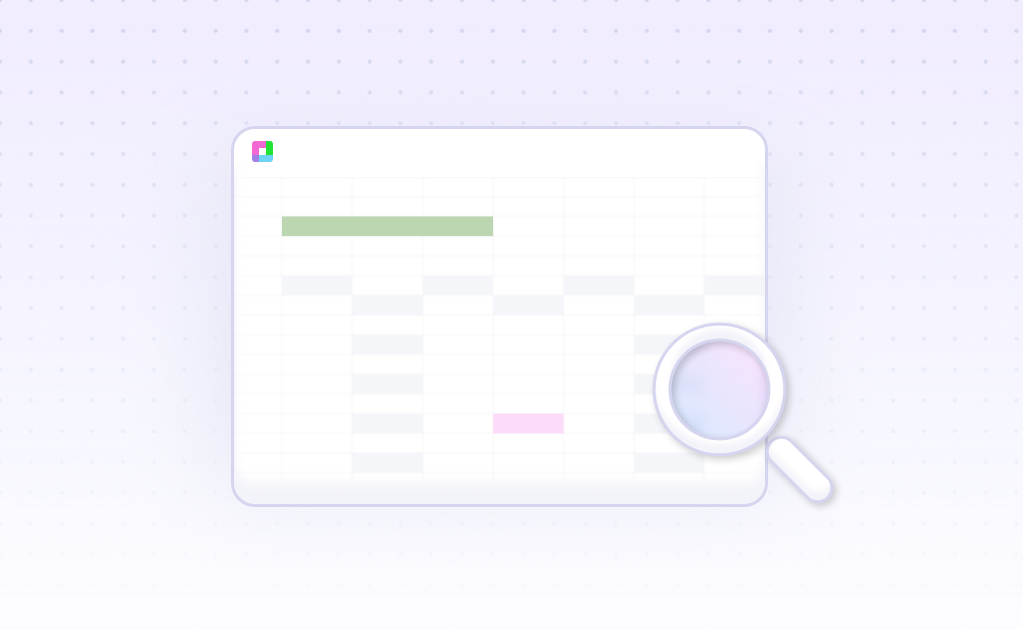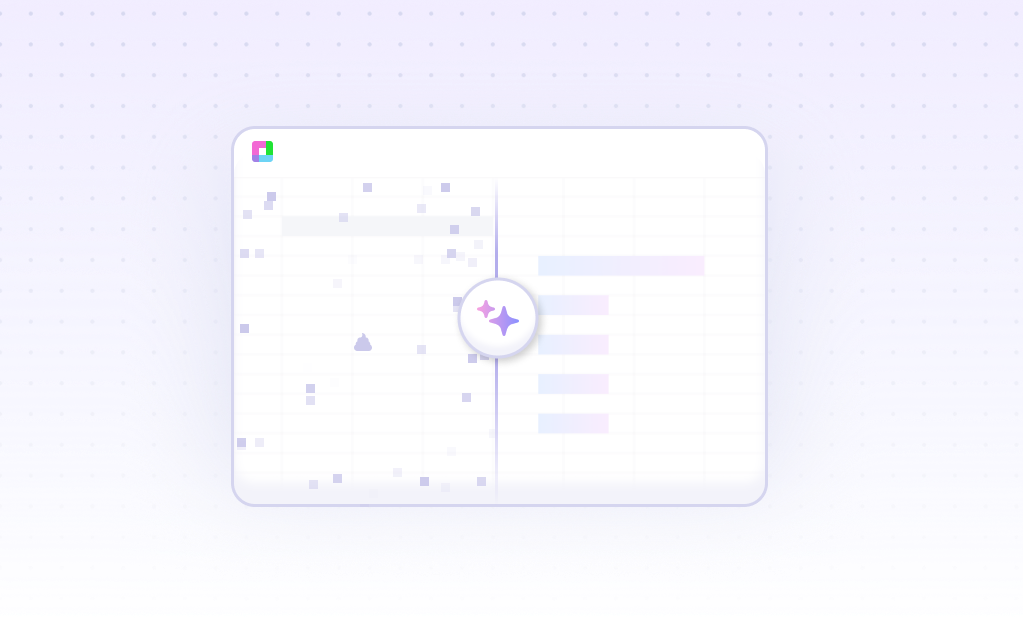
Cloud migration is one of the most critical decisions facing technology organizations today. Yet many migrations fail not from technical issues, but from inadequate planning and analysis. The difference between a successful migration and a costly disaster often comes down to one thing: data-driven decision making.
With Sourcetable's cloud migration analysis capabilities, you can model scenarios, assess risks, and track outcomes with the precision that enterprise migrations demand. No more guesswork – just clear, actionable insights that drive successful technology transitions.
Why Cloud Migration Analysis Matters
Comprehensive analysis transforms risky migrations into strategic advantages
Cost Optimization
Model TCO scenarios across multiple cloud providers and deployment strategies. Identify hidden costs before they impact your budget.
Risk Assessment
Quantify technical, operational, and business risks. Create mitigation strategies based on data, not assumptions.
Timeline Planning
Build realistic migration schedules with dependency mapping and resource allocation. Prevent delays with predictive modeling.
Performance Modeling
Predict application performance in cloud environments. Optimize configurations before deployment.
Compliance Tracking
Monitor regulatory requirements and security standards throughout the migration process.
ROI Calculation
Measure migration success with clear metrics. Demonstrate business value to stakeholders.
Cloud Migration Analysis in Action
See how organizations use data-driven analysis to execute successful cloud migrations
Enterprise Data Center Migration
A major financial services company used migration analysis to move 200+ applications to cloud infrastructure. By modeling workload dependencies and cost scenarios, they reduced migration time by 40% and avoided $2M in unexpected costs.
Multi-Cloud Strategy Planning
A healthcare technology firm analyzed vendor lock-in risks across three cloud providers. Their analysis revealed optimal workload distribution, reducing overall costs by 25% while improving disaster recovery capabilities.
Legacy System Modernization
A manufacturing company analyzed the migration of 15-year-old ERP systems to modern cloud platforms. The analysis identified which systems to migrate, which to replace, and which to retire, saving $800K in unnecessary upgrades.
Startup Scaling Analysis
A rapidly growing tech startup used migration analysis to plan their infrastructure scaling. By modeling growth scenarios and cost projections, they chose a hybrid approach that reduced costs by 60% during their expansion phase.
How Cloud Migration Analysis Works
A systematic approach to analyzing and planning your cloud migration strategy
Discovery & Assessment
Catalog your current infrastructure, applications, and dependencies. Import data from various sources to build a comprehensive inventory.
Cost Modeling
Create detailed TCO models comparing on-premises costs with cloud alternatives. Factor in migration expenses, training, and operational changes.
Risk Analysis
Identify potential migration risks using historical data and industry benchmarks. Quantify probability and impact for each risk factor.
Scenario Planning
Model different migration approaches: lift-and-shift, re-platforming, or complete re-architecture. Compare outcomes across scenarios.
Timeline Development
Build realistic migration schedules with dependency mapping. Account for testing, training, and rollback procedures.
Success Metrics
Define KPIs for migration success. Set up dashboards to track progress and measure outcomes against original projections.
Migration Analysis Examples
Cost Comparison Matrix
One of the most critical aspects of cloud migration analysis is understanding the true cost implications. Here's how a typical analysis breaks down costs across different scenarios:
Risk Assessment Framework
Successful migrations require systematic risk evaluation. A comprehensive framework typically includes:
Performance Modeling Scenarios
Understanding how applications will perform in the cloud is crucial for migration success. Analysis typically covers:
Cloud Migration Analysis FAQ
How long does a comprehensive cloud migration analysis take?
The timeline varies based on infrastructure complexity, but most analyses take 2-6 weeks. Simple environments with fewer than 50 applications can be analyzed in 1-2 weeks, while complex enterprise environments with hundreds of applications may require 6-8 weeks for thorough analysis.
What data sources are needed for migration analysis?
Key data sources include infrastructure monitoring tools, application performance data, cost and billing information, network topology maps, security audit reports, and compliance documentation. The more comprehensive your data, the more accurate your migration planning will be.
How accurate are cloud cost projections?
With proper analysis, cost projections typically achieve 85-95% accuracy for the first year. Accuracy depends on the quality of usage data, understanding of application scaling patterns, and consideration of hidden costs like data transfer and compliance requirements.
Should we analyze all applications or just critical ones?
Start with critical applications that represent 80% of your infrastructure costs and business impact. However, comprehensive analysis of all applications often reveals unexpected dependencies and optimization opportunities that can significantly improve migration outcomes.
How do we handle legacy applications in migration analysis?
Legacy applications require special consideration. Analysis should evaluate three options: migrate as-is (lift-and-shift), modernize during migration (re-platform), or replace entirely (re-architect). Each approach has different costs, risks, and benefits that must be carefully weighed.
What if our analysis shows cloud migration isn't cost-effective?
Migration analysis sometimes reveals that staying on-premises is more cost-effective in the short term. However, consider long-term factors like hardware refresh cycles, scalability needs, disaster recovery costs, and the strategic value of cloud capabilities. The analysis should inform your decision timeline, not just the final destination.
How do we account for staff training and skill development costs?
Training costs are often underestimated in migration planning. Include costs for cloud certifications, external training programs, consulting during transition periods, and potential salary adjustments for new skills. These investments typically pay for themselves within 12-18 months through improved operational efficiency.
Can migration analysis help with vendor selection?
Absolutely. Analysis can compare costs, performance, and capabilities across different cloud providers. Consider factors like regional availability, compliance certifications, service portfolios, and pricing models. Multi-cloud strategies often emerge from thorough vendor analysis.
Frequently Asked Questions
If your question is not covered here, you can contact our team.
Contact Us




